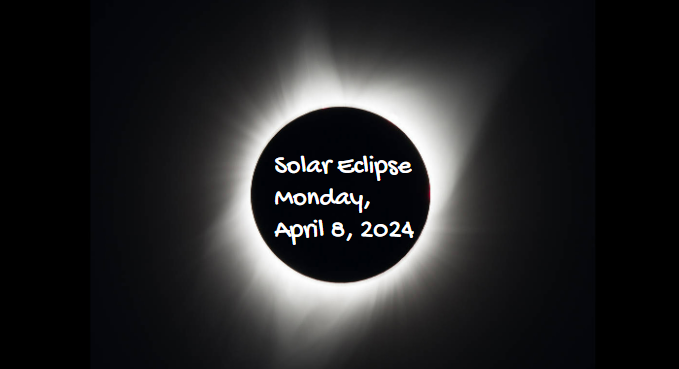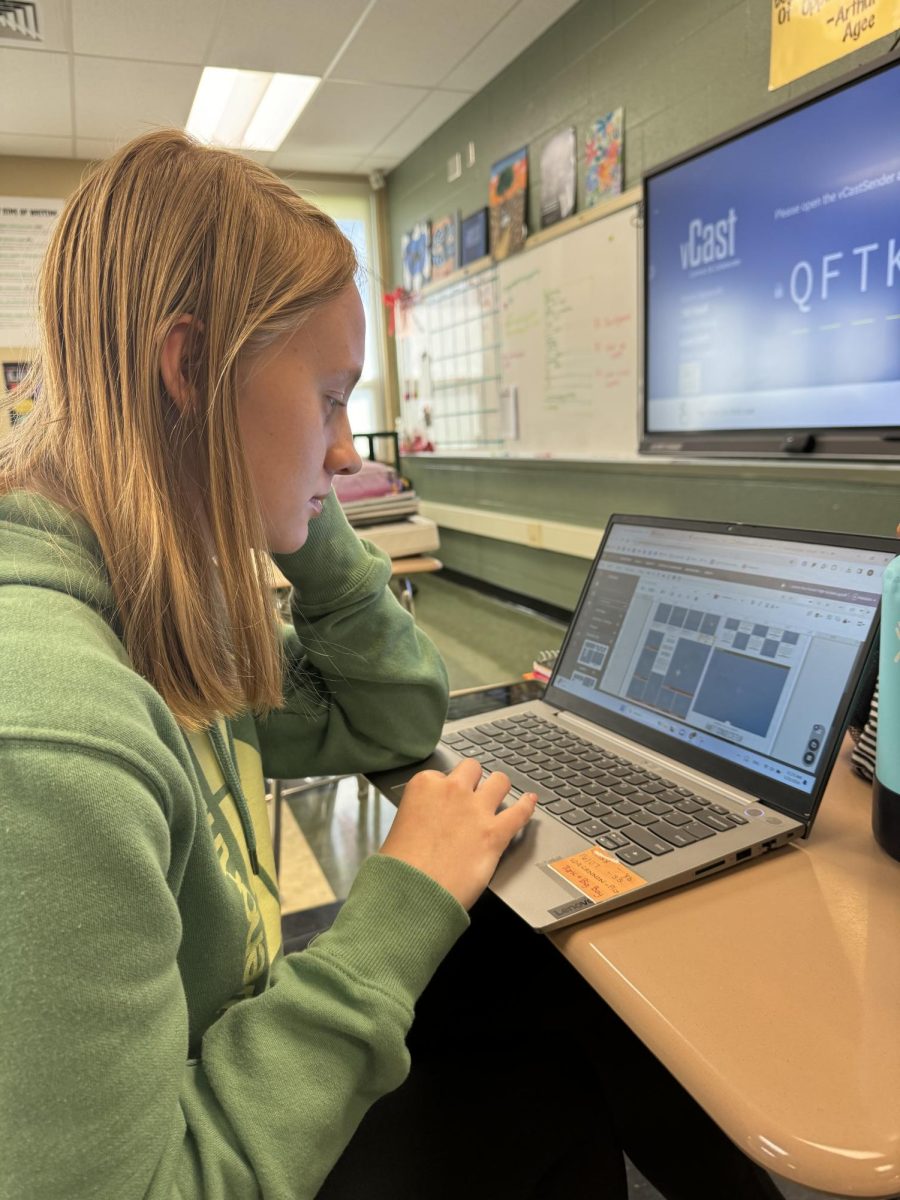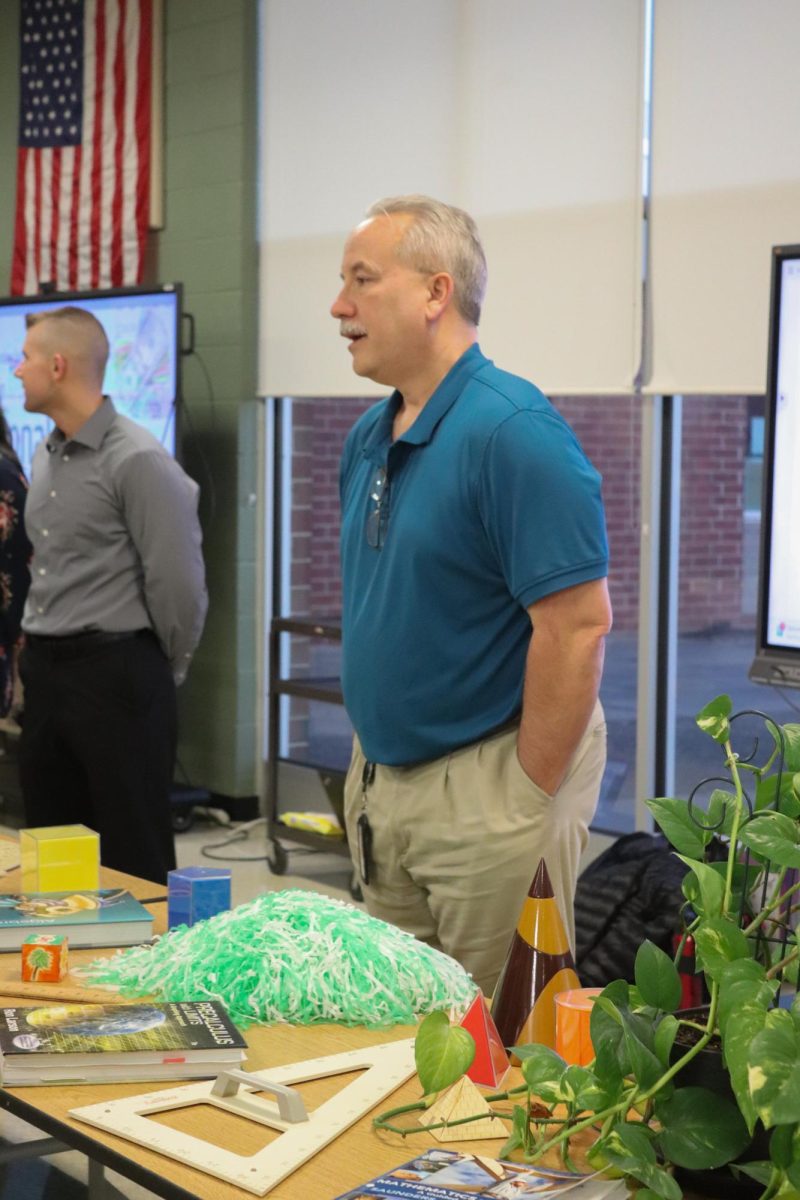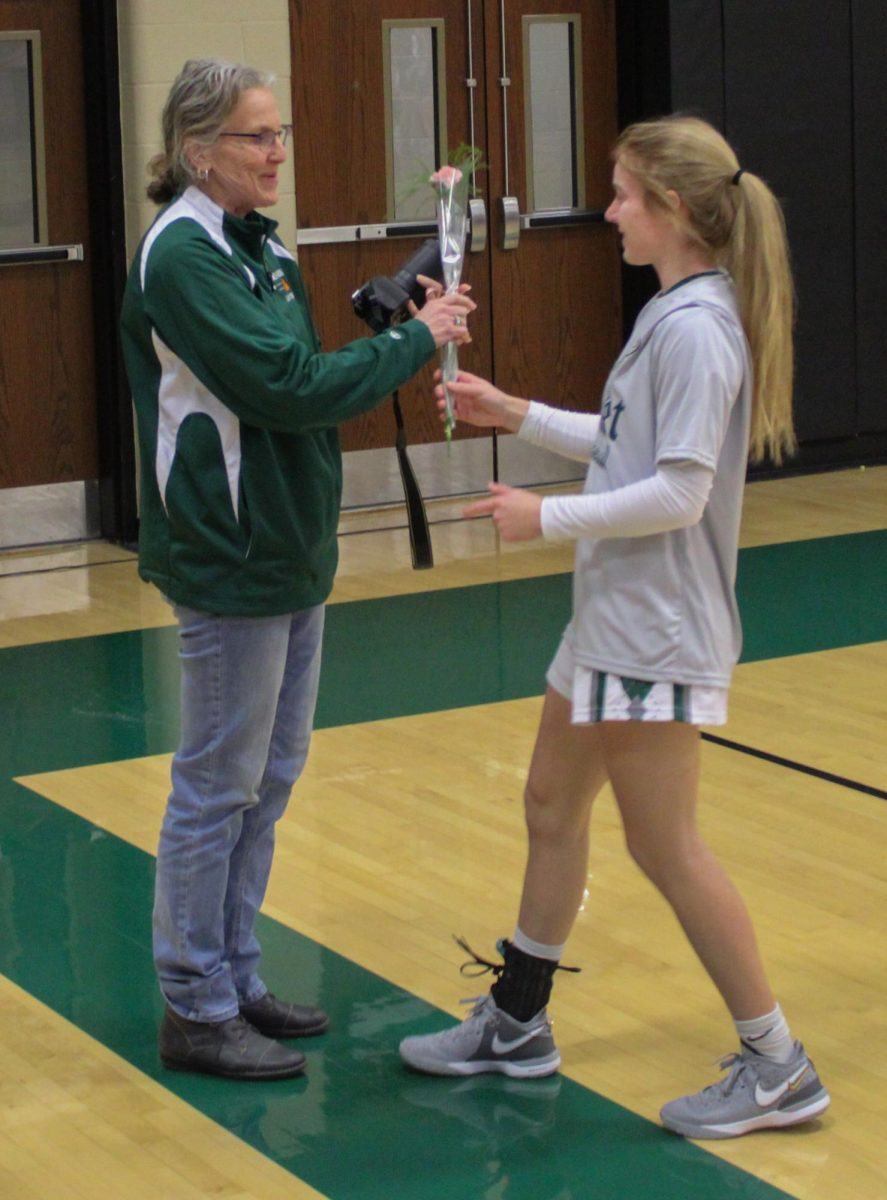On Monday, April 8, 2024 at approximately 2:07 p.m. the total solar eclipse will begin over the South Pacific Ocean. Depending on the future forecast, the first location continental North America that will experience this first would be Mexico’s Pacific coast around 11:07 a.m. PDT.
Why do we have solar eclipses anyway? Well, the moon manages to pass between the sun and the earth. As these planets do this, they block out some portion of the sun and for the people on earth, it casts a shadow onto the earth, which seems like you are watching day turn into night instantly. This event only occurs during a new moon phase which typically happens twice a year.
Even though this occurs twice a year, not all places on earth can see it. Scientists say that this occurrence can be rare because of the scale. The scale consists of the size of the moon itself and location that determines the shadow projected on earth. Solar eclipses are not expected to last long either. It is predicted to only last 4 minutes and 28 seconds this year. The most recent solar eclipse that was on April 17, 2017 lasted for 2 minutes and 29 seconds. Why you may ask? Because the moon moves quickly from the position that it was in between the sun and the earth.
There are also 4 types of solar eclipses that are known as total, hybrid, annular, and partial. These types depend on the moon’s position and where you are on earth. Total solar eclipses are more common than hybrid eclipses. A hybrid eclipse only occurs when the moon is perfectly at the right distance from the earth. But for a total eclipse, the sun, moon, and earth have to be aligned in some way to just cover some of the sun. An annular eclipse is not too common but not rare. When the sun, moon, and earth are aligned, but the moon’s position can be farther away than usual so the moon will not appear larger than the sun for it to be fully covered. Lastly, partial eclipses happen only if you are standing outside of the path of the moon’s shadow.
When you were younger, your parents probably told you to not look at a solar eclipse without special glasses to protect your eyes. Well, they were right. You want to use your eyes to capture this memorable experience but the sun can damage your eyes. Even just staring into the sun on a regular day without any protection like sunglasses can potentially cause blindness and retinol burns because the retina has no sensitivity to pain so you will not do the damage to your eyes until later.
Be sure to get outside with the proper eye protection and see this year’s solar eclipse!











